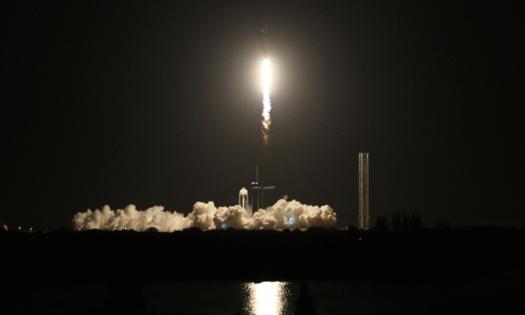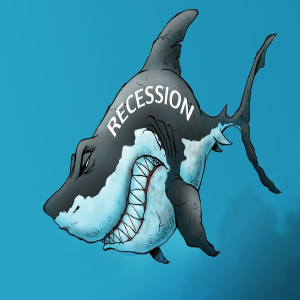1st day in space filled with nausea for SpaceX's private polar mission crew
Published in News & Features
The four private space travelers flying around the Earth’s poles this week had a vomit-filled first day in space, according to the man paying for the trip.
“The first few hours in microgravity weren’t exactly comfortable,” Chun Wang, a Chinese-born cryptocurrency entrepreneur said in a Fram2 mission update on X. “Space motion sickness hit all of us — we felt nauseous and ended up vomiting a couple of times.”
Fram2 launched Monday night from Kennedy Space Center sending SpaceX’s Crew Dragon Resilience to space for the fourth time. The three- to five-day mission is taking humans on a polar orbit for the first time.
Wang said the ride to space was much smoother than anticipated, noting that only the final minute before the engines cut off on the second stage was significant.
“I barely felt any G-forces — it honestly felt like just another flight,” he posted. “I had imagined it would feel like being in an elevator that suddenly drops, but that sensation never came.”
Wang said Tyler, a stuffed polar bear serving as the zero-gravity indicator, was what let him know he was in space as it began floating around.
“I might not have realized we were already weightless,” he posted. “I think being tightly strapped into our seat buckets made the transition less noticeable.”
As far as acclimating to space, Wang said the stomach-churning feeling was different than that felt on Earth.
“It felt different from motion sickness in a car or at sea,” he posted. “You could still read on your iPad without making it worse. But even a small sip of water could upset your stomach and trigger vomiting.”
The spacecraft was outfitted with a cupola window to allow for 360-degree views from its forward hatch — but it’s a view Wang and crewmates weren’t ready for until the second day in orbit.
“No one asked (about) opening the cupola on the first day — we were all focused on managing the motion sickness,” he said.
Wang, an avid adventurer who has visited the Arctic and Antarctica on land, paid an undisclosed amount for the trip. He took along three friends and fellow adventurers Eric Philips of Australia, Jannicke Mikkelsen of Norway and Rabea Rogge of Germany.
He said the quartet had a movie night instead watching their own launch and everyone went to bed earlier than planned.
“We all slept really well. By the second morning, I felt completely refreshed. The trace of motion sickness is all gone,” he said.
Wang posted video Wednesday of when the crew finally did open the cupola.
“Hello, Antarctica. Unlike previously anticipated, from 460 km above, it is only pure white, no human activity is visible.” he posted.
The crew also performed other experiments on the second day, including the first X-ray in space.
The splashdown date has yet to be announced by SpaceX but it will mark the first time a crewed Dragon lands off California coast.
SpaceX’s 16 previous flights of Crew Dragon with humans all landed off the coast of Florida. The company shifted operations to the West Coast after incidents involving debris from its jettisoned propulsion module crashing over land.
Fram2 was the second human spaceflight of the year for SpaceX following March’s Crew-10 mission to the International Space Station.
The company has at least two more on the calendar for this year. Next up is the private Axiom Space Ax-4 mission slated for no earlier than May on a short trip to the space station.
After that will be the Crew-11 mission for NASA in mid-July headed to the space station to relieve Crew-10.
_____
©2025 Orlando Sentinel. Visit orlandosentinel.com. Distributed by Tribune Content Agency, LLC.







Comments